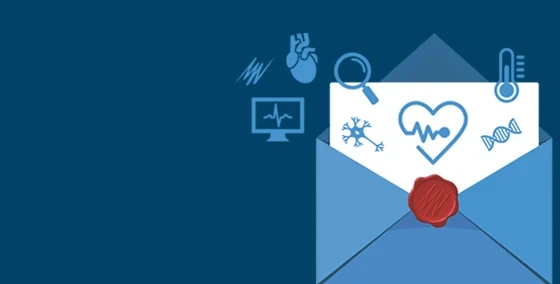Benjamin, O., Silcock, P., Kieser, J., Waddell, J. N., Swain, M. V., & Everett, D. (2012). Development of a model mouth containing an artificial tongue to measure the release of volatile compounds. Innovative Food Science and Emerging Technologies, 15:96-103 Details
Customer study highlights
Chewing and manipulating food in the mouth releases volatile organic compounds (VOCs) within the oral cavity. VOCs bind to receptors within the oral and nasal cavity, resulting in perception of taste and aroma. Factors that influence VOC release therefore affect flavor perception. The central question posed in this study was whether this could be modeled using an artificial mouth and tongue.
A model mouth was built consisting of a temperature-controlled glass chamber, proportionally similar in volume to the human nasopharyngeal cavity, containing a 4cm elastomer or glass ball attached to a linear actuator to drive vertical movement, simulating the tongue pressing against the palate. Movement control patterns, programmed in LabChart 7.2, were based on variables such as frequency, amplitude and peak holding time giving characteristic tongue movement patterns such as ‘squeezer’ and ‘slider’ movements.
Liquid samples (5-10 mL) were injected into the chamber. Saliva was introduced at a variable rate of up to 4 mL/min. VOC release was measured with a proton mass spectrometer. Tongue pressure, force and temperature were monitored in LabChart via a quad-bridge amplifier and PowerLab 4/35.
Results showed that the artificial tongue was capable of mimicking human tongue pressure patterns, when ramp and pulse actuator movements were used. Real-time monitoring of VOCs was found to be sensitive enough to detect differences due to sample volume and tongue material type.
In summary, the artificial mouth described in this paper represents a viable new research tool that may be used to study aroma release during oral food processing.
